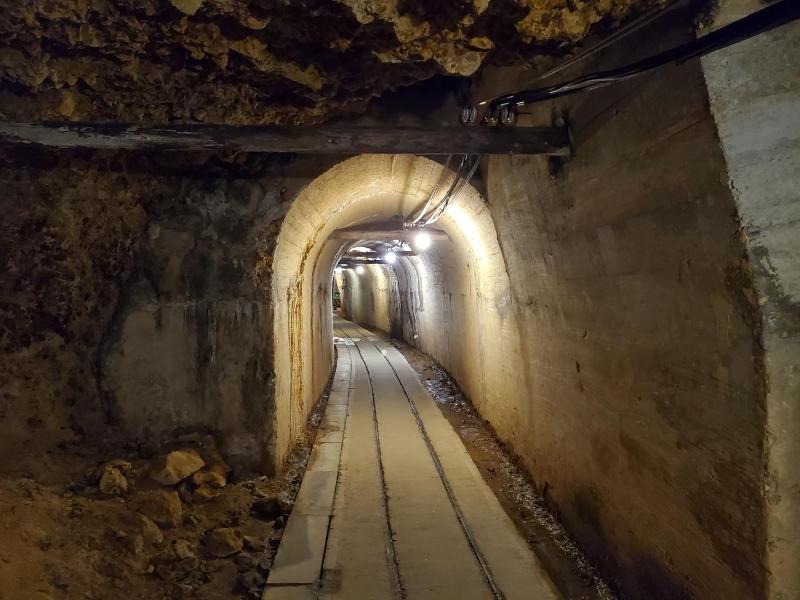Information Center
- Main page
- Information Center
- Government News
Government News
- Source
- KOREA.net
- Date
- 2024.06.11

The International Council on Monuments and Sites, one of three advisory bodies to the UNESCO World Heritage Committee, has recommended that Japan reflect the full history of the mining complex on Sado, an island that once had forced laborers from Korea and other countries, and build facilities there to promote global awareness of the site's full history. Shown is an underground shaft built after the Meiji era at the Aikawa Gold and Silver Mine on the island. (Yonhap News)
By Yoon Sojung
An advisory body to UNESCO's World Heritage Committee (WHC) has delayed deciding on Japan's application for gold mines on Sado, an island that once had forced laborers from Korea and other countries, and recommended the installation of facilities at the site to tell the world of the island's history of forced labor.
The International Council on Monuments and Sites (ICOMOS), one of three advisory bodies to the WHC, on June 8 announced these details on its evaluation report on the mines, for which Japan has applied for UNESCO World Heritage status.
Of the four decisions on World Heritage application -- "inscribe," "refer," "defer" and "not inscribe" -- refer means that the applying country must take supplementary measures.
On the issues Korea raised over Japan's attempt to register the mines as World Heritage, ICOMOS said the entire history of the mines must be added to fully understand the historical context of the complex, including that after the Edo Period (1603-1868). It also urged displays so that foreign visitors to the mines correctly understand exhibition content.
In February 2022, Tokyo submitted its application for the former mines to UNESCO but limited the timeline to the Edo era. It excluded the history of Japanese colonial rule of Korea, a time when many Koreans and people from other countries were forced to work on Sado. The bid ultimately failed to make the review stage due to lack of supporting documentation.
In January last year, Japan reapplied for the designation by adding documentation.
In 2015, the Japanese government pledged to raise global awareness of the history of Koreans and others forced to work on Hashima (Battleship) Island in return for the island's designation as World Heritage. Five years later, however, the Industrial Heritage Information Centre, which was opened in Tokyo in 2020 to promote Meiji-era industrial heritage sites including Hashima, displayed testimonies and documents denying the use of forced labor on the island.
With the WHC's final decision on the application slated for July 21, the Ministry of Foreign Affairs pledged to continue discussing the issue with Japan.
arete@korea.kr